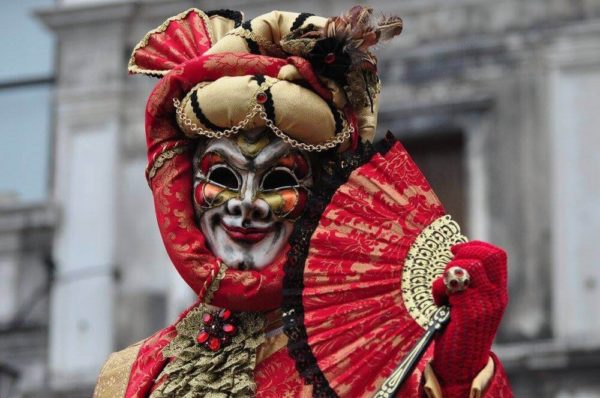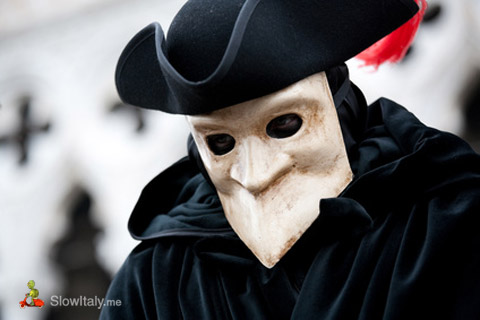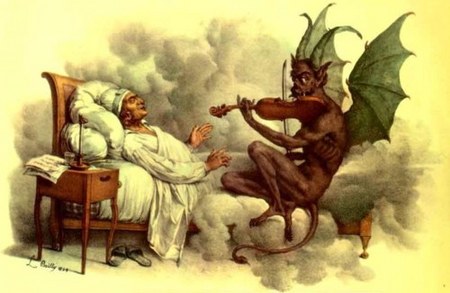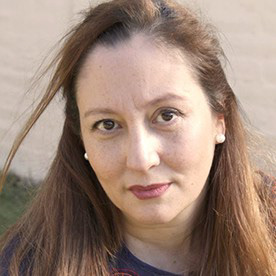One of the most gifted and under-appreciated composers of the Baroque period, Isabella Leonarda spent the majority of her life in an Ursuline convent and dedicated nearly all of her compositions (nearly 200 in total) to the Virgin Mary in addition to a living person of great status (such as Austrian Emperor Leopold I). Leonarda was emphatic that she composed “…not to gain credit in the world, but so that all would know that [she was] devoted to the Virgin Mary.”
 In 1636, at only sixteen years of age, Isabella entered the Collegio di Sant’Orsola in Novara, Italy. Her wealthy family’s political ties and status as benefactors of the convent allowed her to rise in prominence as a figure of authority who commanded a great deal of respect. She worked diligently for many years, acquiring many titles including that of mother superior.
In 1636, at only sixteen years of age, Isabella entered the Collegio di Sant’Orsola in Novara, Italy. Her wealthy family’s political ties and status as benefactors of the convent allowed her to rise in prominence as a figure of authority who commanded a great deal of respect. She worked diligently for many years, acquiring many titles including that of mother superior.
Isabella’s musical education prior to entering the Collegio di Sant’Orsola is shrouded in mystery. Music historians suggest that Isabella, once she had been accepted into the convent, honed much of her skill as a musician and composer under the tutelage of Gasparo Casati (who had begun serving as the maestro di cappella at the Novara cathedral only one year previous to her arrival at the convent). Other scholars dispute that such a mentoring ever occurred, citing insufficient evidence. In fact, the only record that seems to support Casati’s mentorship of Isabella lies in the former having compiled two of Isabella’s earliest known compositions for his Third Book of Sacred Songs.
Serving as a music teacher in the convent, Isabella continued to hone her abilities as a composer. Her works delved into nearly every genre of sacred music (including sacred concertos, Latin dialogues, litanies, and masses), and she also found time to compose for strings, chorus, and solo/continuo. Her Sonate da chiesa (Opus 16) is regarded as the first instrumental sonata written and published by a female composer.
Isabella specialized in the solo motet, but is remembered for her sonatas (in particular her only solo sonata, Sonata 12). Unlike many women of her time, Isabella had been educated in formal counterpoint and other advanced techniques at a young age. Her complex usage of harmonies was ahead of its time by nearly half a century, and she pushed the genre of polyphonic music as a whole forward with her intricate compositional insight.
Leonarda is best remembered for her sonatas, in part, because of their unusually varied formal structure. In contrast to Archangelo Corelli’s standard form (four movements of alternating fast and slow tempi), some of Isabella’s sonatas feature as many as thirteen movements (as in her Sonata 4). Additionally, those sonatas she composed in four sections do not often align with Corelli’s slow-fast-slow-fast model. Her usage of the refrain in Sonata 10 characterizes just how complex her understanding of music was: instead of a single refrain unfolding in an ABAB pattern, she chooses to double the refrain in the zig-zagging pattern of ABCDEBDFBG.
She was quite fond of using canzona-style imitation and duple meter in the faster sections of her sonatas, emulating both toccata and recitative in the homophonic sections of contrasting tempi. Her dance-like sections in triple time showcase the spirited brilliance of her compositional genius. Though history has attempted to reframe her as a nun who held special privileges within the convent (privileges which would have allowed her to bypass her daily duties in favor of finding time to compose) we now know that is not the case. In the dedication to her 10th Opus, Leonarda writes that she “wrote music only during time allotted for rest so as not to neglect [her] administrative duties within the convent.”
Although Isabella Leonarda was well-known in her native Novara, other parts of Italy did not experience the joy of hearing her work performed very often. It would take several hundred years for a handful of her sonatas to reach the ears of the wider world. Her compositional career spanned six decades, and the bulk of her sonatas were completed after she turned fifty years of age. Yet the only works of hers to appear in broad circulation before 1670 were the two pieces her alleged mentor Gasparo Casati had borrowed for his Third Book of Sacred Songs.
Blessed with compositional gifts and insight ahead of her time, Isabella Leonarda lived a quiet but busy life of spiritual devotion and musical excellence.





















